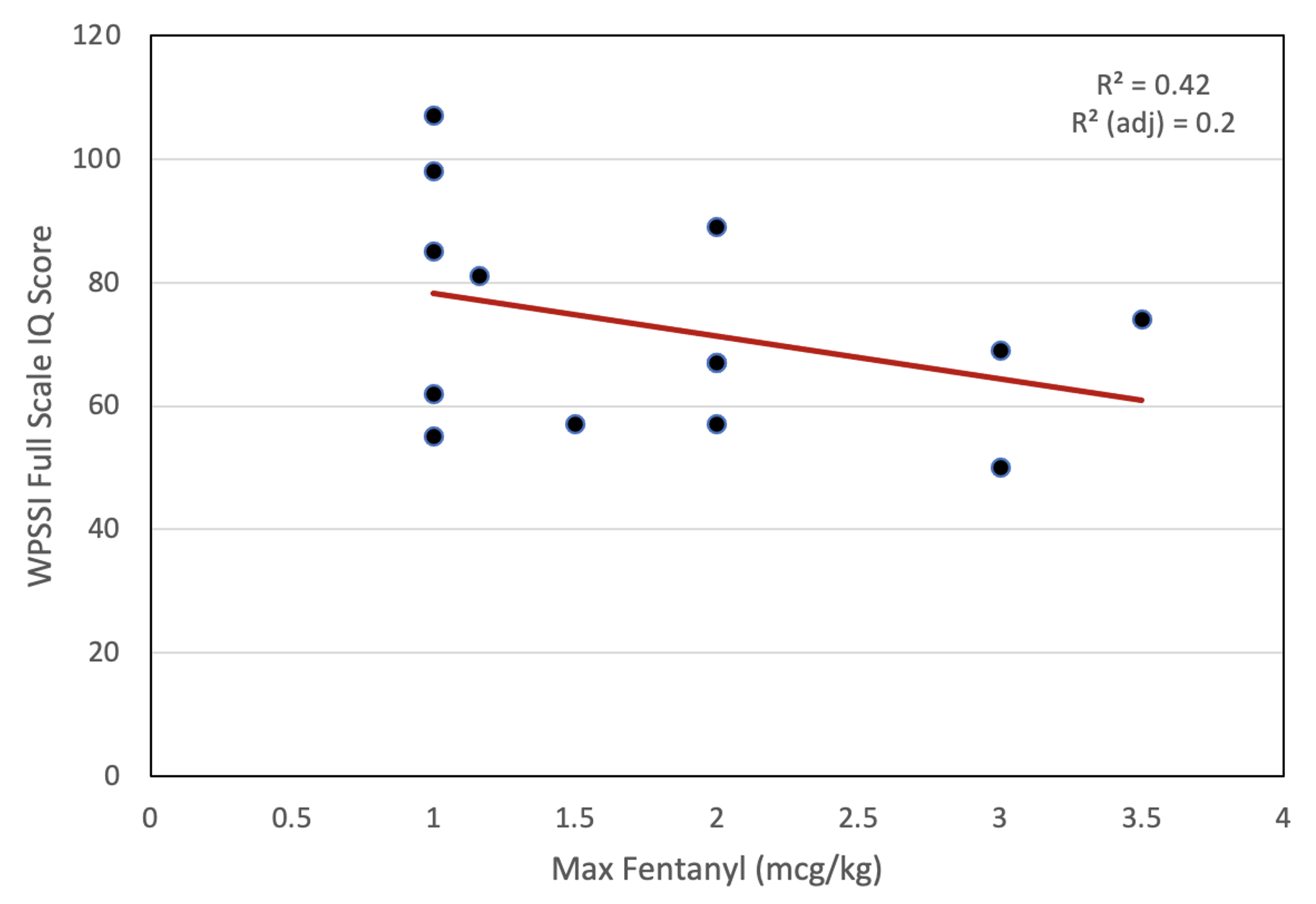Neonatology
Session: Neonatal GI Physiology & NEC 3: GI Physiology and Probiotics
533 - Gut Reactions: Fentanyl Exposure in Premature Infants and the Microbiome
Sunday, May 5, 2024
3:30 PM - 6:00 PM ET
Poster Number: 533
Publication Number: 533.1793
Publication Number: 533.1793

Pyone David, MD (she/her/hers)
Neonatology Fellow
Comer Children's Hospital at University of Chicago Medical Center
Chicago, Illinois, United States
Presenting Author(s)
Background: Fentanyl is an opioid commonly used to treat and prevent severe pain in premature infants. Adverse opioid-mediated outcomes influence microbiota development. Early microbiota dysbiosis predisposes preterm infants to poor outcomes, including suboptimal growth and clinical illness.
Objective: To examine how early acute and chronic fentanyl exposure in infancy influences gut microbiome development and school-age neurodevelopmental outcomes.
Design/Methods: An IRB-approved study recruited infants born < 37 weeks gestational age from the neonatal intensive care unit (NICU) at a large urban children's hospital. A subset analysis of those surviving to discharge and with fecal samples (n = 53) compared those with fentanyl exposure (n = 29) and without any opioid exposure (n = 24) during their hospitalization. Analysis was adjusted for the delivery mode, sex, postmenstrual age, intrauterine and extrauterine growth differences, enteral feeds, antibiotics, and morbidities (i.e., bronchopulmonary dysplasia, severe brain injury, severe retinopathy of prematurity, necrotizing enterocolitis, seizures, and sepsis). The α-diversity, and prevalence and abundances of individual taxa, were assessed in fecal samples collected during hospitalization by 16S rRNA gene sequencing. At 4-6 years of age, the Wechsler Preschool and Primary Scale of Intelligence (WPPSI) was completed to compare between those with fentanyl exposure (n = 16) and control (n = 6) groups.
Results: Microbiome richness was significantly negatively associated with chronic (>5 days) fentanyl exposure (p=0.03, Figure 1). Prevalence of multiple taxa also significantly varied based upon duration of fentanyl exposure (p < 0.05, Figure 2). Any fentanyl exposure was significantly positively associated with Corynebacterium (p=0.007) and negatively associated with Proteus (p=0.0004). The abundance (p=0.04) and prevalence (p=0.0007) of Corynebacterium was also significantly positively associated with fentanyl exposure within 24 hours. Maximum dose of fentanyl was significantly negatively associated with Acutalibacteraceae (p=0.01).
The WPSSI full scale IQ score (i.e., cognitive domain) was significantly negatively associated with maximum fentanyl exposure (p=0.02, Figure 3).
Conclusion(s): Duration and maximum dosage of fentanyl exposures in preterm infants are independently associated with changes in microbiome diversity. Chronic exposure is more associated with microbiome changes compared to acute fentanyl exposure. However, cognition tested at 4-6 years of age is associated with acute fentanyl exposure (i.e., higher maximum dose).
Figure 1.jpeg
Figure 2.jpeg

